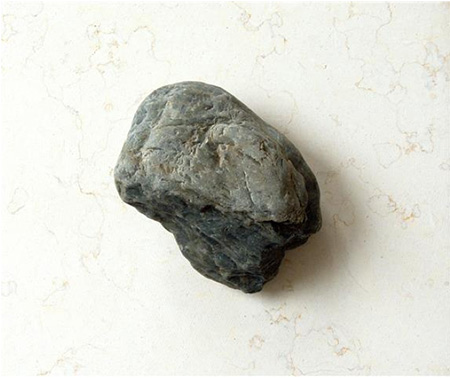UNISONO 28

UNISONO 28
Otobong Nkanga (Kano, Nigeria, 1974) brings together culture and nature. In her work, the landscape is a sounding board for ideas, stories and memories. Her installations are imaginative, full of thoughts and feelings, but also earthly: they represent our connection with the world.
The unity of man and landscape is a recurring theme, including our annexation of the landscape and our dubious way of exploiting the earth’s natural resources. By interweaving cultural, historical and political elements with personal stories in a varied, yet balanced way, Nkanga creates multi-sensory webs with her room-filling installations.
Nkanga combines a wide variety of media and techniques, from drawing, painting and sculpture, to photography, poetry, textiles and often video and performance. After an academic study in her native country Nigeria and later on in France, she acquired her Master’s degree in performance art at the DasArts institute in Amsterdam, in 2008. Here she also attended the Rijksakademie (the Royal Academy of Visual Arts). Her work has been exhibited worldwide ever since. In 2015 alone there were and will be solo exhibitions in Frankfurt, Essen and her present home town Antwerp. Apart from that, she recently participated in several international group manifestations such as Art Basel and the biennials of Sharjah, Taipei, Dakar, São Paolo and Havana. The Stedelijk Museum Schiedam proudly introduces the monumental installation Taste of a Stone (2009-2015) in the Netherlands.
What is striking about Nanga’s work is its tangible sensuality. By adding a distinct physical dimension she extends the visual perception of her work. Her installation at the Stedelijk Museum Schiedam is a titillating story about stones; about the application of gravel, pebbles and boulders as border markers, offensive as well as defensive weapons, holy objects, souvenirs or memorials. “Just like other people derive great pleasure from being in a shopping mall, to me the feeling of being rooted in this earth is paramount,” Nkanga says. “Therefore, sand and stones matter to me. Sometimes you get to know a country by being aware of what is not there. The Netherlands doesn’t have any rocks, nor pebble beaches. The awareness of that kind of absence, the realization that something is missing because it is simply not there, can also sharpen one’s senses and spirit.”
Taste of a Stone unfolds itself like a man-made landscape; a custom made museological indoor garden. Right before our eyes an oasis of white pebbles stretches out into a room. As soon as we enter the gallery to explore this world, we hear the crunching sound and we feel the sometimes slightly uncomfortable sensation of the loose pebbles under our feet. Alongside the walls, a number of stones are displayed separately in a combination of images and words, in a sculptural setting. On six wooden tables Nkanga has laid out limestone tiles printed with poems, photographs and drawings, representing six expressive stories about the application of stones, world-wide as well as in her native country Nigeria.
They have invaded our land/ and displaced the stones of demarcation. We broke their wall and are ready/ to take back what is ours. While this passage refers to the concept of ‘mine and thine’, including a post-colonial awareness, other passages reflect a desire for individual defensibility in a sometimes violent society: If my breasts were made of stone I would/ sleep in peace./ I would walk freely with my shield/ in times of conflict.
The ‘indoor garden’ offers a view of the outside world that deserves our attention and compassion, always in interaction with one’s inner self. By visualizing her own personal thoughts, memories and desires, Nkanga also manipulates our inner emotions. In this way she creates a sensuous landscape for contemplation, meditation and critical reflection.
Breathe in, breathe out, breathe in/ hold it there/ hold it/ Your skin is so soft but your heart is/ as hard as rock. This sometimes distressing interaction is also reflected in the two carpets, hanging back-to-back, with stylized minerals, such as malachite, azurite and mica. De dark side refers to the exploitation and transformation of these materials for various applications, whereas the bright side reflects our fascination for the glitter and glimmer which can provide us with the feeling of being extraordinary individuals. This way the work addresses both the exploitation of resources and, at the same time, our commitment to the bright and shiny; our desire to radiate.
Wilma Sütö